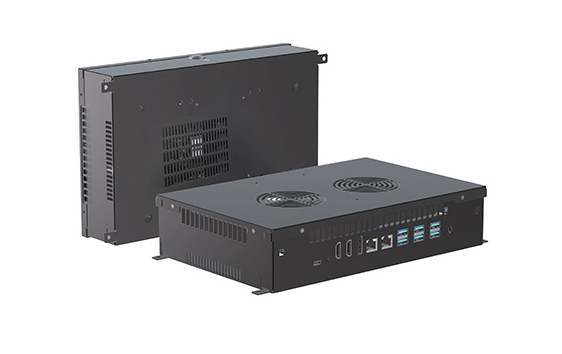Circuit Troubleshooting: The Essential First Step to Effective Problem Solving
When troubleshooting a circuit, the first step is often the most critical in determining the root cause of the issue. While many may instinctively dive into testing components or checking connections, a more methodical approach can save time and resources. This article will explore the essential first step in circuit troubleshooting, emphasizing the importance of a systematic analysis and providing practical strategies for effective problem resolution.
Understanding the Importance of Initial Assessment
Before engaging in any hands-on troubleshooting, it is vital to conduct an initial assessment of the circuit. This step involves gathering information about the circuit's design, functionality, and the specific symptoms being observed. By understanding the context of the problem, you can formulate a more targeted approach to troubleshooting.
- Review the Circuit Documentation
The first action in troubleshooting should be to review any available documentation related to the circuit. This includes schematics, design notes, and previous maintenance records. Understanding the intended operation of the circuit can provide insights into potential failure points. Look for:
- Schematic Diagrams: These visual representations can help identify the layout and interconnections of components.
- Specifications: Knowing the expected voltage, current, and resistance values can guide your troubleshooting efforts.
- Historical Data: Previous issues and repairs can highlight recurring problems or weaknesses in the circuit design.
- Identify the Symptoms
Next, clearly define the symptoms of the circuit malfunction. This involves asking questions such as:
- What specific behavior is the circuit exhibiting? (e.g., no power, intermittent operation, overheating)
- When did the issue first occur, and what were the circumstances?
- Are there any observable physical signs of failure, such as burnt components or unusual smells?
Documenting these symptoms can help narrow down potential causes and guide your troubleshooting process.
Establishing a Hypothesis
Once you have gathered sufficient information, the next step is to establish a hypothesis regarding the potential cause of the issue. This involves analyzing the symptoms in conjunction with the circuit documentation. Consider the following:
- Component Failure: Are there any components that are known to fail frequently in this circuit?
- Connection Issues: Are there any loose or corroded connections that could disrupt the circuit's functionality?
- Power Supply Problems: Is the power supply delivering the correct voltage and current to the circuit?
Creating a hypothesis allows you to focus your troubleshooting efforts on the most likely causes, rather than randomly testing components.
Developing a Testing Strategy
With a hypothesis in hand, you can now develop a systematic testing strategy. This involves prioritizing tests based on the likelihood of failure and the ease of access to components. Consider the following steps:
- Visual Inspection: Start with a thorough visual inspection of the circuit. Look for obvious signs of damage, such as burnt resistors, cracked capacitors, or loose wires.
- Basic Electrical Tests: Use a multimeter to check for continuity, voltage levels, and resistance in critical areas of the circuit. This can help confirm or refute your hypothesis.
- Component Testing: If specific components are suspected to be faulty, test them individually. For example, capacitors can be tested for capacitance, while diodes can be checked for forward and reverse bias.
- Isolation of Sections: If the circuit is complex, consider isolating sections to test them independently. This can help identify which part of the circuit is malfunctioning.
Conclusion
In conclusion, when troubleshooting a circuit, the first step should always be a comprehensive initial assessment. By reviewing documentation, identifying symptoms, establishing a hypothesis, and developing a testing strategy, you can approach the problem methodically and efficiently. This systematic approach not only saves time but also increases the likelihood of accurately diagnosing and resolving the issue at hand.


